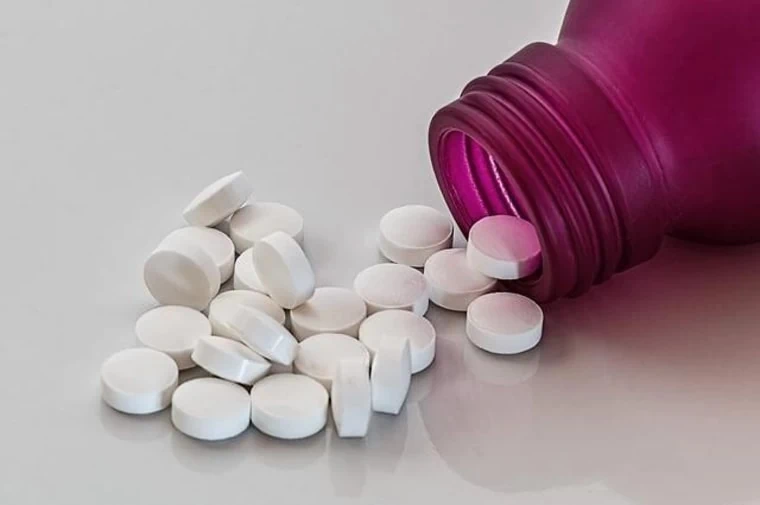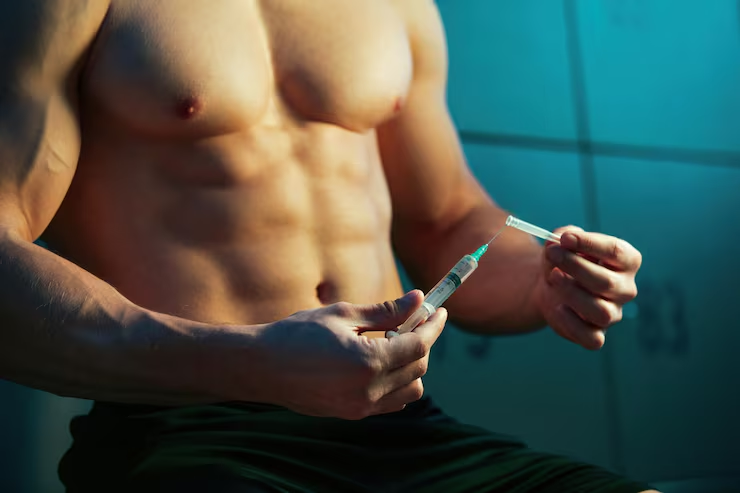How to Minimize Side Effects of Steroid Use
By Staff Writer
Using anabolic steroids to enhance muscle growth, strength, or athletic performance is a personal choice that comes with both potential benefits and serious risks. While steroids can yield impressive results, improper use or lack of precautions can lead to dangerous side effects, including hormonal imbalances, liver damage, cardiovascular problems, and psychological effects. For those who choose to use steroids, understanding how to minimize side effects is crucial to protect both short- and long-term health. Here’s a guide to using steroids responsibly while reducing the risks.
1. Choose the Right Steroid
Not all steroids are created equal, and selecting the right type is a critical first step. Some steroids are known for having fewer side effects than others. For instance, anabolic steroids like Anavar (Oxandrolone) are considered milder compared to more potent ones like Trenbolone or Anadrol. Beginners should avoid powerful compounds until they fully understand how their body reacts to milder options.
Before starting any steroid, research its specific risks, benefits, and recommended dosages. Always prioritize compounds that align with your goals while presenting the least health risks.
2. Stick to Recommended Dosages

A common mistake among steroid users is taking higher doses in the hope of achieving faster or more dramatic results. However, exceeding recommended dosages significantly increases the risk of side effects. Start with the lowest effective dose and only increase it if necessary, and always within safe limits.
Overdosing does not guarantee better results and can lead to severe complications, including liver toxicity, hormonal suppression, and cardiovascular strain.
3. Limit Cycle Length
Long-term steroid use is one of the leading causes of serious side effects. To minimize risks, limit your steroid cycles to 6–12 weeks, depending on the compound. Prolonged use increases the strain on your liver, kidneys, and heart, while also making it more difficult for your body to restore natural hormone production post-cycle.
After completing a cycle, take an adequate break, typically at least as long as the cycle itself, to allow your body to recover fully.
4. Use Aromatase Inhibitors (AIs)
Many anabolic steroids convert to estrogen in the body, leading to side effects such as gynecomastia (male breast tissue growth), water retention, and mood swings. Aromatase inhibitors (AIs), such as Arimidex or Letrozole, can block this conversion and help maintain balanced hormone levels.
Incorporate AIs into your cycle if you are using steroids prone to aromatization, such as Testosterone or Dianabol. Always consult with a medical professional to determine the appropriate type and dosage of AIs for your specific needs.
5. Support Liver Health

Oral steroids like Winstrol and Anadrol are highly hepatotoxic, meaning they can damage the liver over time. Protecting your liver is essential when using such compounds. Consider incorporating liver support supplements such as Milk Thistle, N-Acetyl Cysteine (NAC), or TUDCA into your regimen.
Avoid alcohol and other substances that strain the liver while on a steroid cycle, and regularly monitor liver enzyme levels through blood tests to detect potential issues early.
6. Monitor Your Cardiovascular Health
Steroid use can negatively impact cardiovascular health by raising LDL (bad cholesterol) levels, lowering HDL (good cholesterol) levels, and increasing blood pressure. To counteract these effects, adopt heart-healthy habits, such as eating a diet rich in omega-3 fatty acids, fruits, vegetables, and whole grains. Regular cardiovascular exercise, such as running, swimming, or cycling, can also help maintain heart health.
Consider taking cholesterol-supporting supplements like fish oil or plant sterols to further reduce cardiovascular risks.
7. Prioritize Post Cycle Therapy (PCT)
One of the most critical steps in minimizing side effects is implementing a proper Post Cycle Therapy (PCT) after finishing a steroid cycle. PCT helps restore natural testosterone production, balance hormone levels, and mitigate the effects of suppression caused by steroid use.

A typical PCT includes Selective Estrogen Receptor Modulators (SERMs) like Clomid or Nolvadex, which stimulate the production of luteinizing hormone (LH) and follicle-stimulating hormone (FSH) to restart testosterone production. PCT can last anywhere from 4 to 8 weeks, depending on the compounds used and the severity of suppression.
8. Stay Hydrated
Hydration is often overlooked but plays a vital role in minimizing side effects. Steroids can dehydrate the body and put extra strain on the kidneys. Drink plenty of water throughout the day to support kidney function and overall health.
Aim for at least 3–4 liters of water daily, adjusting for your activity level and climate.
9. Regular Blood Work
Regular blood tests are essential for identifying potential health issues early. Blood work can provide insights into liver function, kidney health, cholesterol levels, testosterone, and estrogen levels. Advanced users often get blood tests done before, during, and after a steroid cycle to monitor their body’s response and ensure everything is within a safe range.
Consult a healthcare professional to interpret your results and make any necessary adjustments to your regimen.
10. Avoid Mixing Steroids
While “stacking” steroids is common among advanced users, combining multiple compounds increases the risk of side effects. Beginners and intermediates should avoid stacking and stick to one steroid at a time to better understand how their body reacts.
If you choose to stack, select compounds with complementary effects and avoid overcomplicating your cycle.
11. Pay Attention to Mental Health

Steroids can impact your mental health, leading to mood swings, aggression, or depression. If you notice significant changes in your mental state, address them promptly. Practicing stress-reduction techniques like meditation, yoga, or therapy can help.
Never ignore persistent psychological symptoms, as they can have long-lasting effects on your well-being.
12. Know When to Stop
If you experience severe or unexpected side effects, stop your cycle immediately and seek medical advice. Ignoring warning signs can lead to permanent damage.
Listen to your body, and don’t push through pain or discomfort for the sake of achieving your fitness goals.
Conclusion
While anabolic steroids can enhance performance and physique, they come with significant risks that require careful management. By choosing the right compounds, sticking to recommended dosages, supporting your body with supplements, and prioritizing PCT, you can minimize side effects and protect your health. Regular blood work, hydration, and cardiovascular care are non-negotiables for anyone using steroids.
Ultimately, responsible use is the key to achieving your fitness goals while safeguarding your short- and long-term health. Steroids are not a decision to be taken lightly, and understanding how to minimize side effects can help users make informed choices. Always consult with a healthcare professional before starting any steroid cycle to ensure your approach is safe and effective.
-
Kanayama, G., Hudson, J. I., & Pope, H. G. (2008). Long-term psychiatric and medical consequences of anabolic-androgenic steroid abuse: A looming public health concern? Drug and Alcohol Dependence, 98(1–2), 1–12. https://doi.org/10.1016/j.drugalcdep.2008.05.004
-
Hoffman, J. R., & Ratamess, N. A. (2006). Medical issues associated with anabolic steroid use: are they exaggerated? Journal of Sports Science & Medicine, 5(2), 182–193. Available Online
-
Frati, P., Busardò, F. P., Cipolloni, L., Dominicis, E. D., & Fineschi, V. (2015). Anabolic androgenic steroid (AAS) related deaths: Autoptic, histopathological, and toxicological findings. Current Neuropharmacology, 13(2), 146–159. https://doi.org/10.2174/1570159X13999150223121815
-
Hartgens, F., & Kuipers, H. (2004). Effects of androgenic-anabolic steroids in athletes. Sports Medicine, 34(8), 513–554. https://doi.org/10.2165/00007256-200434080-00003
-
Thompson, P. D., & Jones, R. W. (2019). Cardiovascular side-effects of anabolic steroids. The Physician and Sportsmedicine, 47(4), 470–477. https://doi.org/10.1080/00913847.2019.1594446







